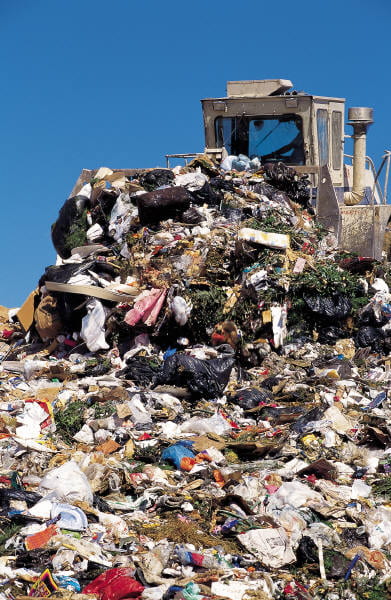 Read the following excerpt published in The Wall Street Journal by Pulitzer-prize winning journalist Edward Humes. Click HERE to read the entire article. Humes’ book, “Garbology” was recently published.
Read the following excerpt published in The Wall Street Journal by Pulitzer-prize winning journalist Edward Humes. Click HERE to read the entire article. Humes’ book, “Garbology” was recently published.
“Each week, we push our trash to the curb, and it seemingly disappears. But where does it all go: the spent cartons of milk, the computer keyboard fried by spilled coffee, those empty dog food cans?
A team of researchers at the Massachusetts Institute of Technology decided to find out. In 2009, they began attaching transmitter chips to thousands of pieces of ordinary garbage. They tossed this “smart trash” into the bin, sat back and watched the tortuous, disturbing path that our garbage often takes: the meanderings of electronic waste as it headed for distant shores, of ratty old sneakers that ran the equivalent of a dozen marathons, of printer cartridges that transversed the continent not once but twice on the road to recycling.
This clever experiment threw a spotlight on the biggest, costliest, dirtiest secret about our garbage: our ignorance of how much we produce, what it contains and what happens to it once it leaves our hands.
Take the nation’s official trash tally – used alike by environmentalists, buisnesses and policy makers – which maintains that the average American tosses out 4.4 pounds of trash a day, with about a third getting recycled and the rest going to landfills. These numbers are found in the Environmental Protection Agency’s exhaustive annual compendium “Municipal Solid Waste in the United States” – America’s trash Bible – and are determined by an array of byzantine estimates and simulations, based on manufacturing data and the life expectancy of products.
But the EPA’s “materials flow analysis” dates back to the bad old days when there were 10 times the number of town dumps and many more illegal ones, with little actual weighing and regulation. Today the business model of the landfill and recycling business depends on precise measurement (and billing per ton), so we have much more real-world data. Using these sources, the most recent survey conducted by Columbia University and the trade journal BioCycle found that Americans actually throw out much more than the EPA estimates, a whopping 7.1 pounds a day, and that less than a quarter of it gets recycled.
So how does America’s trash weigh in? Here are some key numbers from the emerging science of garbology:
- At 7.1 pounds of trash a day, each of us is on track to produce a staggering 102 tons of waste in an average lifetime.
- Trash has become America’s leading export: mountains of waste paper, soiled cardboard, crushed beer cans and junked electronics. China’s No. 1 export to the U.S. is computers, according to the Journal of Commerce. The United States’ No. 1 export to China, by number of cargo containers, is scrap.
- American communities on average spend more money on waste management than on fire protection, parks and recreation, libraries or schoolbooks, according to U.S. Census data on municipal budgets.
As these snapshots suggest, garbage costs are staggering. New York City alone spent $2.2 billion on sanitation in 2011. According to the city’s department of sanitation, more than $300 million of that was just for transporting its citizens’ trash by train and truck – 12,000 tons a day – to out-of-state landfills, some as far as 300 miles away. How much is 12,000 tons a day? That’s like throwing away 62 Boeing 747 jumbo jets daily, or driving 8,730 new Honda Civics into a landfill each morning.”
Read the rest of this WSJ article HERE.
Some final facts on Our Annual Waste (from Garbology)
- 19 billion pounds of polystyrene peanuts
- 40 billion plastic knives, forks and spoons
- 28 billion pounds of food
- Enough steel to level and restore Manhattan
- Enough plastic film to shrink-wrap Texas
